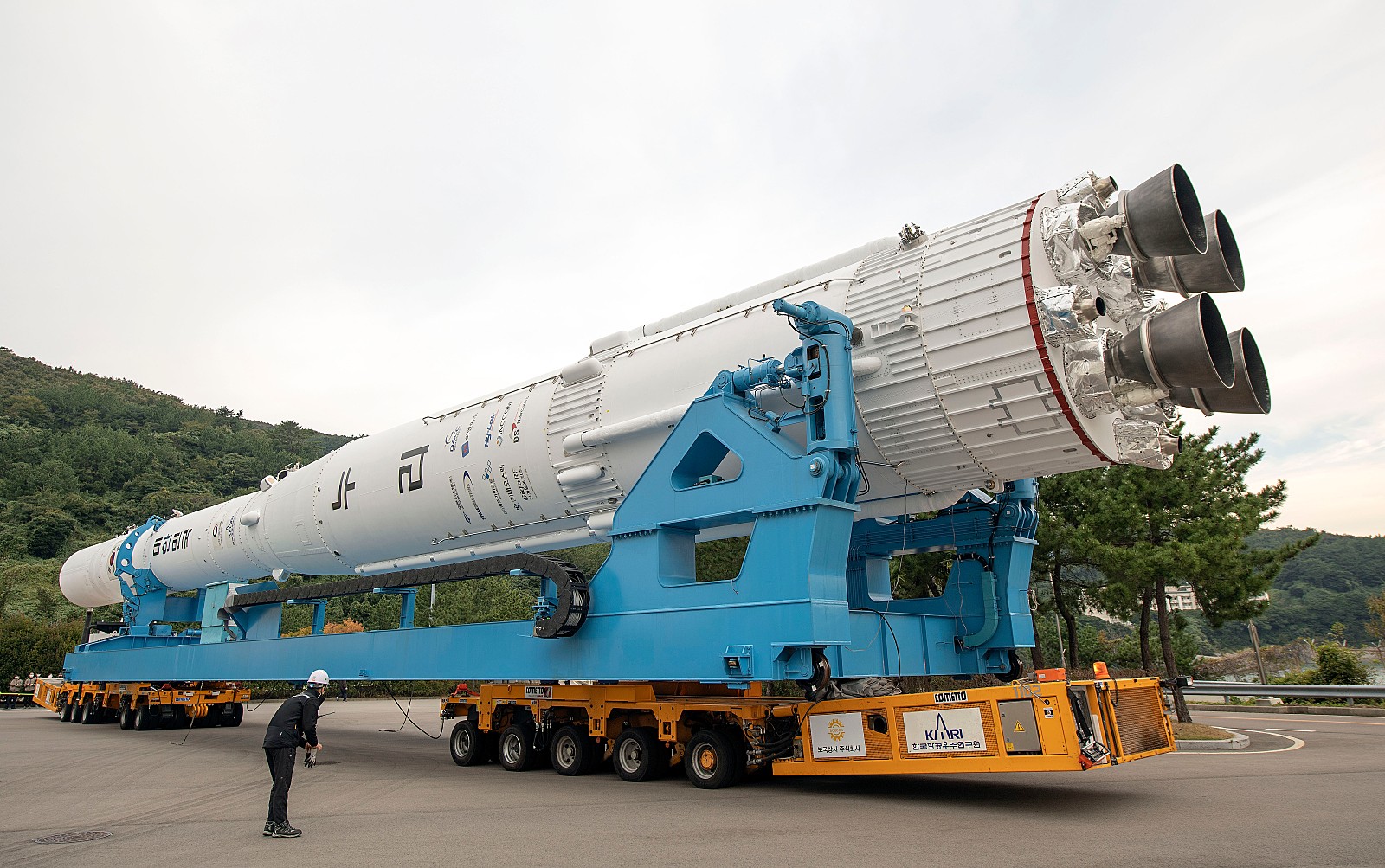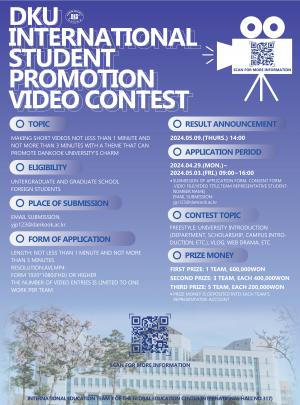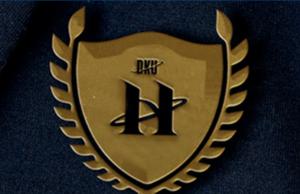The Ministry of Science and ICT (MSIT) announced plans for the second launch of Nuri, the Korea Space Launch Vehicle-ll (KSLV-ll) at the 40th Space Development Promotion Committee held on February 25. Nuri is meaningful because it is the first projectile developed entirely with domestic technology. The first Nuri launch project, which was considered a “half success” due to the failure to launch a dummy satellite into orbit during the last step of the process, has meant a lot to the Korean aviation technology community and showed potential for promising future in aerospace development.
 |
| ▲ Nuri, the Korea Space Launch Vehicle-ll, is going to be launched again in June. (Photo from KARI) |
Nuri is a three-stage rocket vehicle with a weight of 1,500 kg (200 tons of the gross weight) and a total length of 47.2 m developed mainly by the Korea Aerospace Research Institute (KARI). It was developed to carry 1.5t application satellites to 600~800km low earth and sun-synchronous orbit. The project began in March 2010, and 11 years later, the first launch from the Naro Space Center in JeollaNamdo in October 2021 took place. Despite the team’s best efforts, the third stage engine shut down earlier than expected during the flight, so that the satellite failed to land in the target orbit. The board of inquiry looking into the failed launch determined the problem to be with the oxidizer tank of the third-stage engine. As buoyancy in the oxidizer tank increased during the flight, the fixed equipment inside the helium tank came loose and made contact with the internal pipe of the oxidizer tank cracking it. The oxidizer then leaked through the crack eventually leading to the early termination of the third stage engine.
Although the first trial was unsuccessful, it did raise Korea’s status in the aerospace industry, and there are some fundamental skills and features that made Nuri a monumental trial. The first is its clustering technology. Nuri consists of four 75t liquid engines in the first stage, one in the second stage, and one 7t liquid engine in the third stage. Engine clustering technology, which is the method of bundling engines, was used for the first stage rocket to bind those four engines together and generate an optimal thrust. Using this technology, Nuri can produce 300t of thrust power while ensuring more settled and reliable engines. However, though it can generate a powerful force, it is very difficult to control because you need to find a way to maintain a constant temperature, pressure, and flow rate for four engines at the same time. So, it is important to balance the engines to prevent them from interfering with each other.
The second interesting feature is the rocket’s fuel injection system. Nuri’s engine injects gas fuel instead of electricity due to the high probability of operating errors in the extreme environment of space. In addition, kerosene was used to fuel Nuri, instead of hydrogen which has a high caloric value and can generate too much heat and lead to another catastrophic error during flight.
Keeping in mind the problems with the last launch, researchers have developed countermeasures so as not to repeat the same mistakes. They have strengthened the support structure for the helium tank in the oxidizer tank. It can now withstand 1.5 times more load than the expected weight during the third stage. Mr. Koh, a representative from KARI said an assessment of the reinforcement plans has been conducted by an evaluation group consisting of outside specialists and its bearableness has been approved. Not only the structure, but also the lid of the tank that showed signs of vulnerability was revised, increasing its weight by about 9 kilograms, so that Nuri can stabilize in space.
The second launch date is planned for June 15, considering the intense rainy season of the past 10 years. Originally, the second launch was planned for May, but MSIT changed the date to allow more time for the assembling of the first, second, and third stage rockets and to load the inspection satellite. Preliminary launch dates are between June 16 and June 23 and a decision will be made taking weather into consideration, closer to the time. Mr. Koh said any postponement of the second attempt is going to have an effect on the third attempt, so it is better to launch it again as soon as possible. The exact X-day is going to be confirmed during the launch-preparation committee meeting in May.
 |
| ▲ Nuri has a lot of means to the Korean aerospace industry. (Photo from KARI) |
Nuri has a lot of meaning for Korea’s space industry. The public, as well as scientists and interested parties, are looking forward to its successful launch. MSIT, KARI, and the government are devoting all their might to prepare for this event. This June, Nuri may show the world its advances in science and overcome past failures, so it is worth paying attention to it.
김주예, 구시현, 최은지 dankookherald@gmail.com

![[Campus Magnifier] Let's Surf the Library!](/news/photo/202404/12496_1765_4143.jpg) [Campus Magnifier] Let's Surf the Library!
[Campus Magnifier] Let's Surf the Library!
![[Campus Magnifier] Let's Surf the Library!](/news/thumbnail/202404/12496_1765_4143_v150.jpg)





